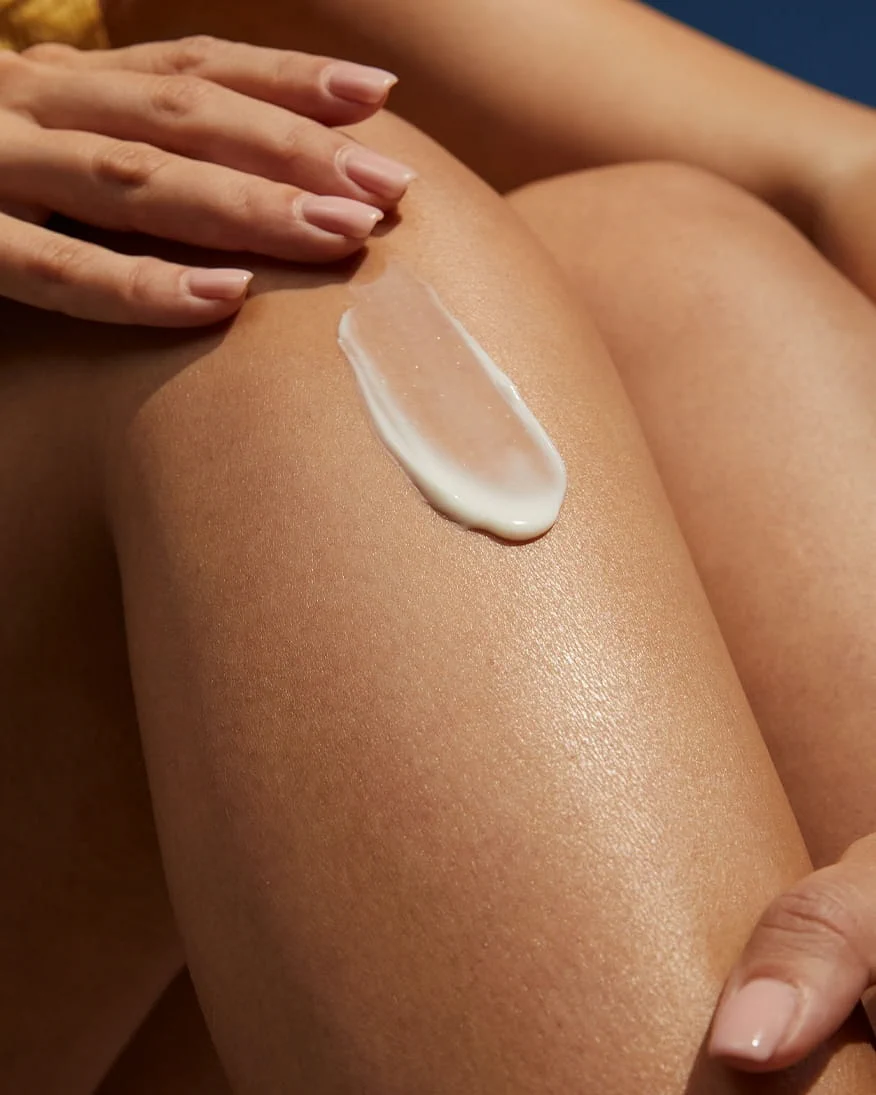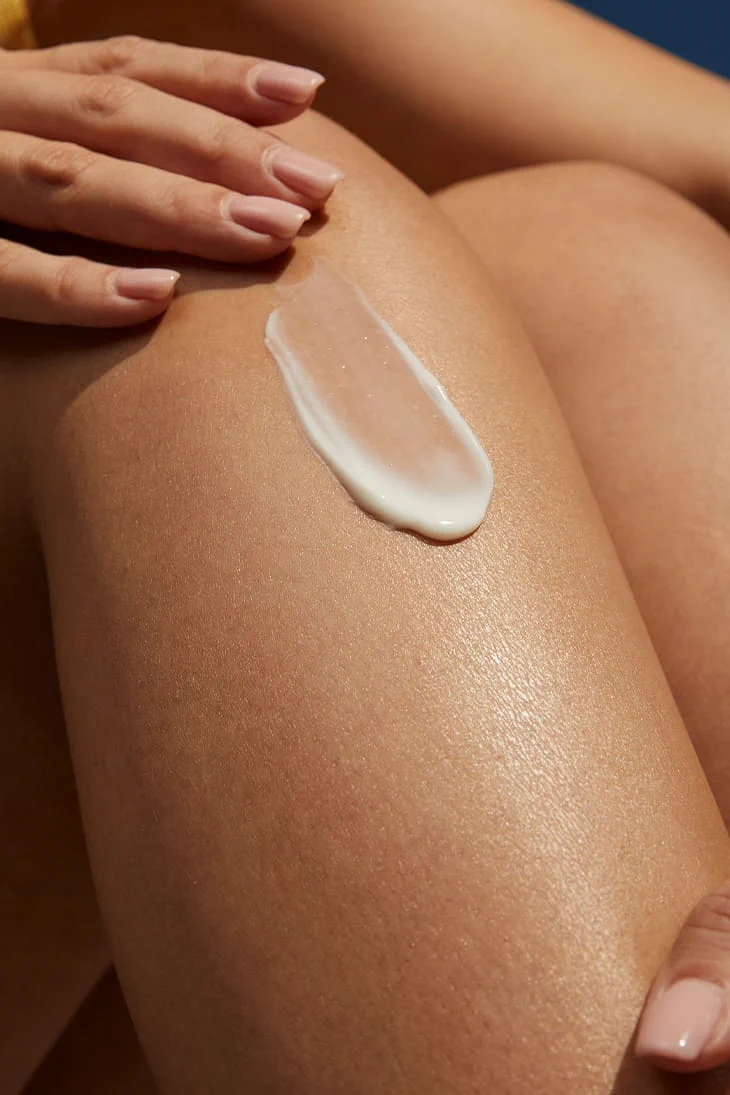
What is a sun allergy?
Read our guide to sun allergies to find out what one is and how to treat it.
Guide to sun allergies
If you’ve reacted badly to sun exposure, you might have come across the term “sun allergy” and wondered what it is. Here, we tell you what it is, the symptoms and what sun allergy treatment is available.
Types of sun allergy
What does a sun allergy rash look like?
A sun rash can be quite easy to spot, as it’s quite an aggressive skin reaction that you’re unlikely to miss. The rash may look like:
- A raised welt or hives
- Groups of small bumps or blisters
- Reddish spots
- Itchy skin
Symptoms of sun allergies
Alongside the changes in your skin condition, there are other symptoms to be aware of. Similar to any other type of allergic reaction (for example, hay fever), you might experience the following:
- Low blood pressure
- Headaches
- Nausea (feeling sick)
- Breathing difficulties
The above can have quite serious implications for your health, so if you’re experiencing any of these symptoms and you’re unsure of the cause, it’s best to speak to a doctor just to be sure.
- Low blood pressure
- Headaches
- Nausea (feeling sick)
- Breathing difficulties
The above can have quite serious implications for your health, so if you’re experiencing any of these symptoms and you’re unsure of the cause, it’s best to speak to a doctor just to be sure.
Sun allergy treatment
The rashes might be quite alarming to look at, but thankfully they’re generally not too serious. In fact, they often clear up on their own within just a few hours. If the rash isn’t going away, there’s a chance that it could be a heat rash instead, which can take a few days to clear up on its own.
For sun allergy treatment, it’s best to stay out of the sun until the rash has gone away. It may also help to take some over-the-counter antihistamines to help lessen any discomfort you might be in.
For sun allergy treatment, it’s best to stay out of the sun until the rash has gone away. It may also help to take some over-the-counter antihistamines to help lessen any discomfort you might be in.






